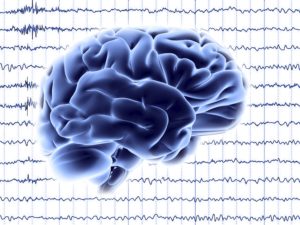Realtime phase tracking and manipulation of neuronal oscillations

Oscillatory neuronal activity plays a vital role in normal brain function. Oscillations are seen in “brain waves” that are readily observed in recordings obtained from the scalp or from deep brain structures.
Oscillatory abnormalities are linked to a wide range of neurological or psychological disorders. Specific frequencies of oscillations in particular brain areas are associated with definable functions presenting many potential manipulation targets. In disease, these oscillations can show abnormal properties that correlate with symptoms and their response to treatment.
An effective way to modulate and manipulate such brain activity is to deliver stimulation at a specific phase. However, this strategy relies on accurate tracking of the instantaneous phase of ongoing oscillation. While some brain oscillations are stable in amplitude, many are not. Therefore, a highly responsive phase tracking system is essential.
Any effective system must be able to function in a “closed-loop,” allowing the system to adapt to fluctuations in various parameters (amplitude, phase, frequency) of the input signal.
Such real-time manipulation of oscillatory biological signals has the potential to control disease-related brain activity with precision far beyond what is possible with current pharmacological and stimulation technologies.
Oxford technology
Researchers at Oxford have developed a method that uses a fast, low power approach to track the phase of neural signals to control the timing of stimulation of neural tissue. The system can perform phase tracking of oscillations over a large range of frequencies, including those above 30Hz that wax and wane on a sub-second timescale.
It can be used to track oscillations using non-invasive or invasive technologies (electroencephalographic (EEG) and local field potentials). Equally, it is agnostic to the type of stimulation, so can be adapted for different specific uses such as non-invasive, optogenetic or deep-brain stimulation.
This method can be utilised for neurological diseases such as Parkinson’s Disease, where symptom-related oscillations have already been identified. Alternatively, the system could be used to aid control of or feedback from prosthetic devices.
Opportunity
The technology is subject to a patent application pending in Europe and the US. Oxford University Innovation and the research team are now seeking commercial partners to collaborate with to further develop the technology and integrate it into products.
The latest literature relating to this technology can be read here
about this technology

